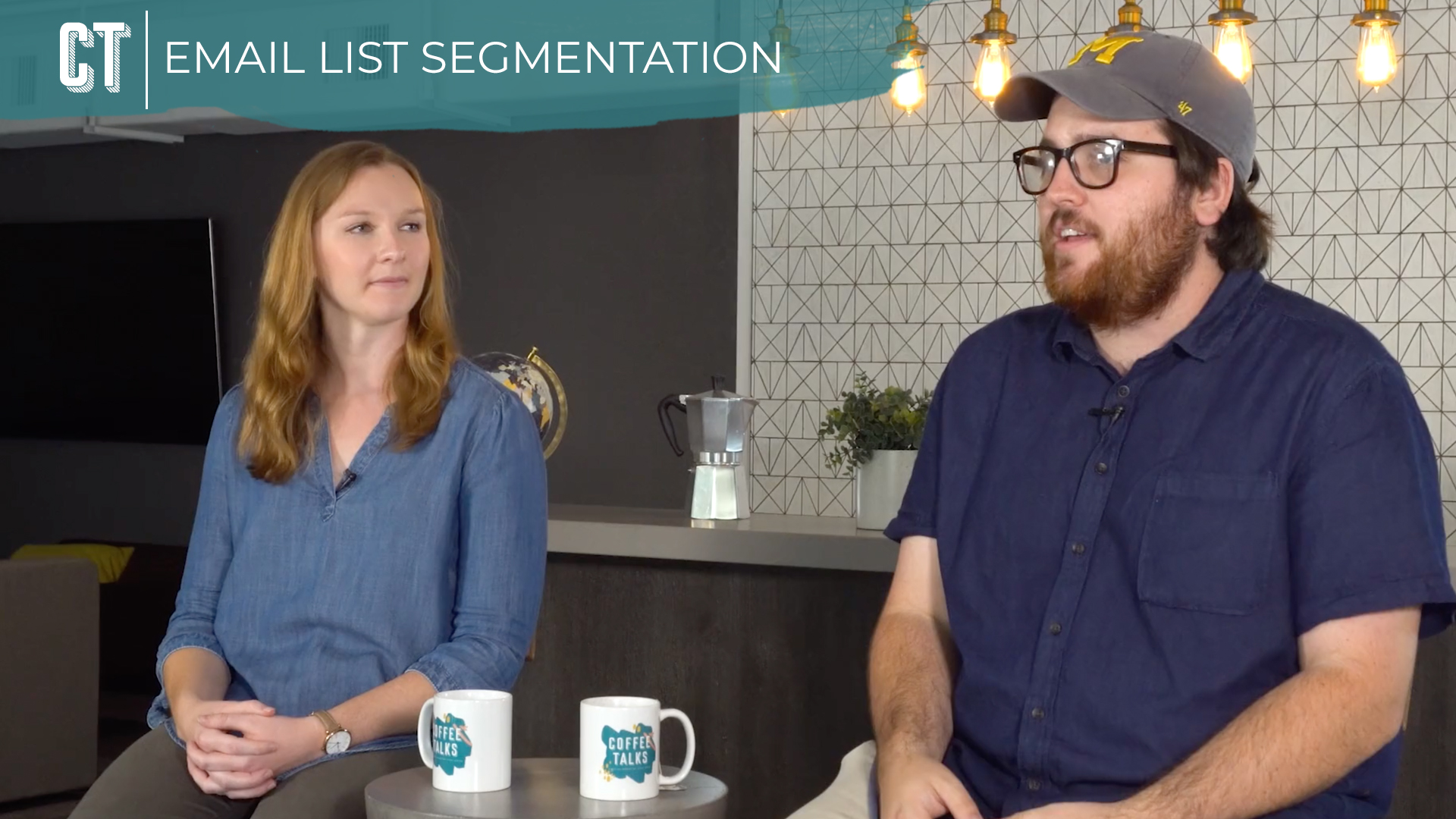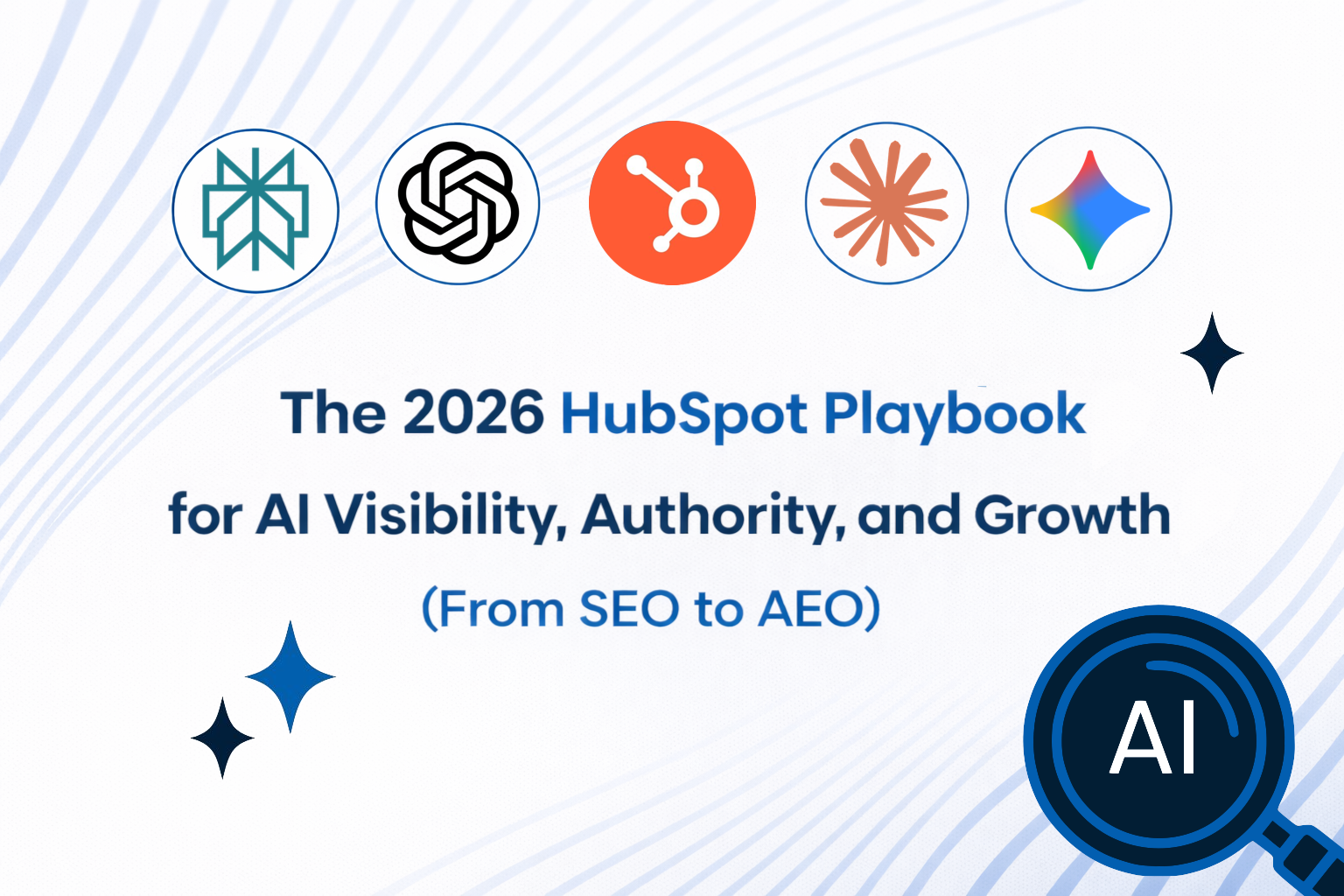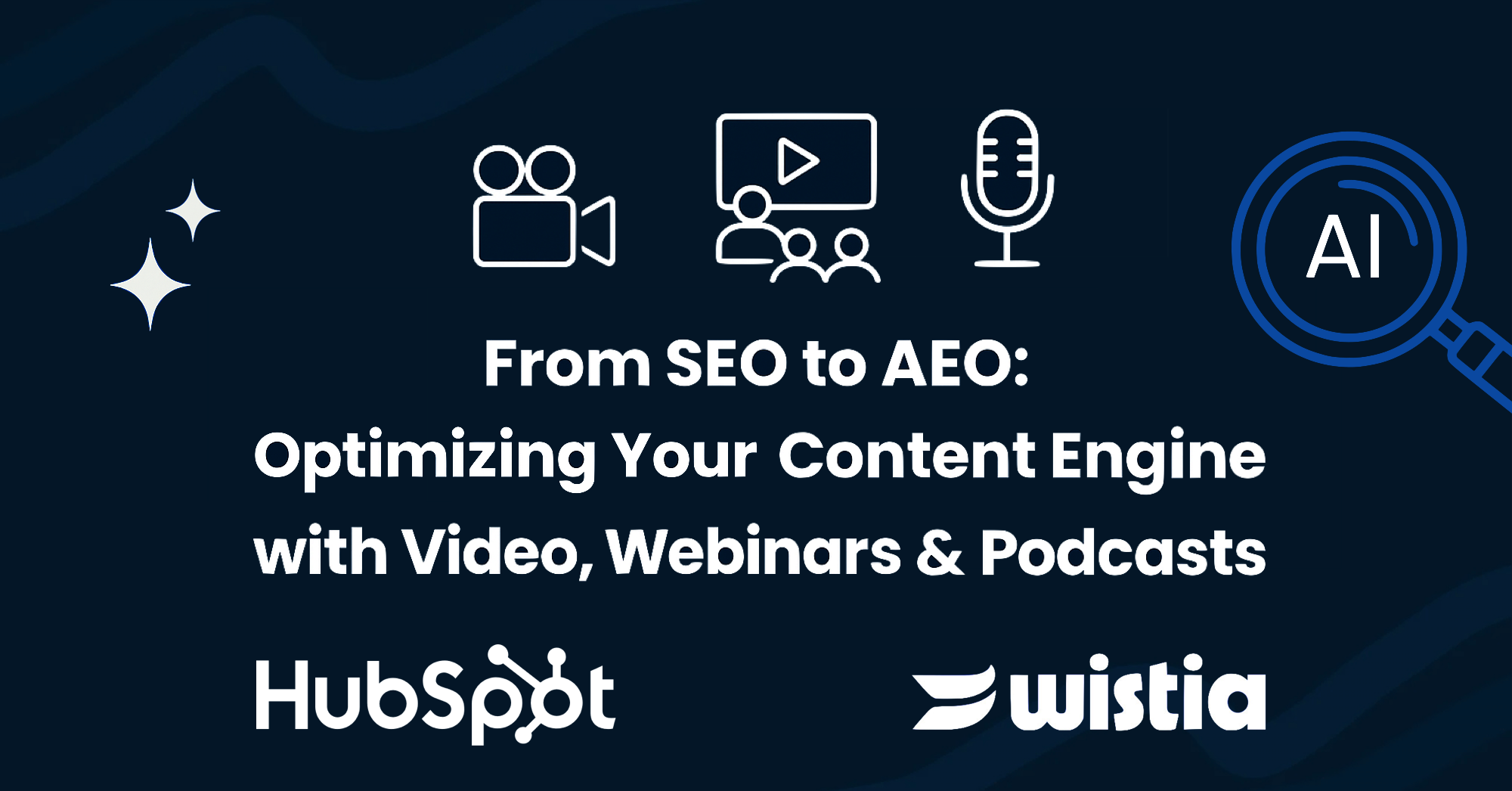With all the options and obstacles to weave through, sending effective marketing emails is quickly becoming a science. You have to find the perfect send time, write the perfect copy, monitor the right metrics, and find the right audience through segmentation. We’ve brought two marketing experts together in this week’s episode of Coffee Talks to help guide you through email segmentation and finding the right people for the right email.
Think About Your Campaign and Who It’s For
First off, think about the campaign and the emails you’re sending. Ask yourself what types of people do you want to receive these emails and if those people will want to receive them.
An email sent to the wrong group of people is a dead email walking. Don’t seal an email’s fate before you even click send. Maximize its potential and find the people who are most likely to engage with the content. How do you do that? Know who to include and who to exclude from your lists.
Like a science experiment, find the inclusion and exclusion criteria for your ideal list. Do you want people who:
- Have visited the site multiple times
- Have given a phone number
- Have downloaded a guide or brochure
- Have subscribed to a newsletter
- Are/aren’t a current customer
Think about your campaign and what the desired action of your email is. Then, think about what type of person would complete that action, what actions have they already taken, what are they interested in. You can more easily segment people in your database based on these past actions.
The goal with these criteria is to include the right people and exclude the wrong people, but it all starts with understanding your own goals. The more you understand the type of people you want, the more you’ll understand the type of people you don’t want.
Quantity Vs. Quality of Your Emails
With emails, it’s not about how many people you’re sending your emails to, it’s about sending those emails to the right people. No matter the number, the wrong people will ignore, bounce, or report an email they are not ready to receive.
The object of this is to keep the content of your emails as relevant as possible by choosing the people who are ready to engage with that content. Keep in mind the actions they’ve taken, where they are in your process, and how often they’ve interacted with past attempts at engagement. Send to the people who are most likely to take the action you ask of them.
Learn From Your Past Emails
It’s always smart to learn from your wins and losses. Look over your data, find out what worked, find out what didn’t work and move from there. Past email campaigns are your greatest source of data to help you improve your content and segmenting.
Over time, learning from past email campaigns should also help you narrow down your lists based on the engagement data and help you find the contacts that are worth sending more emails to. If people are reporting your emails as spam, bouncing quickly from the page, or straight-up ignoring your emails, they’re not worth sending another email to.
This will also help keep your database leaner which can save you money and time when segmenting. Don’t bother paying for contacts who have no interest in you or your brand.
When crafting an effective email, who you’re sending to is just as important as what you’re sending to them. The wrong people will sink your metrics and waste your time while the right people will open, engage, and take action.
For more episodes of Coffee Talks, visit the official Coffee Talks video gallery.



-1-1.png)

